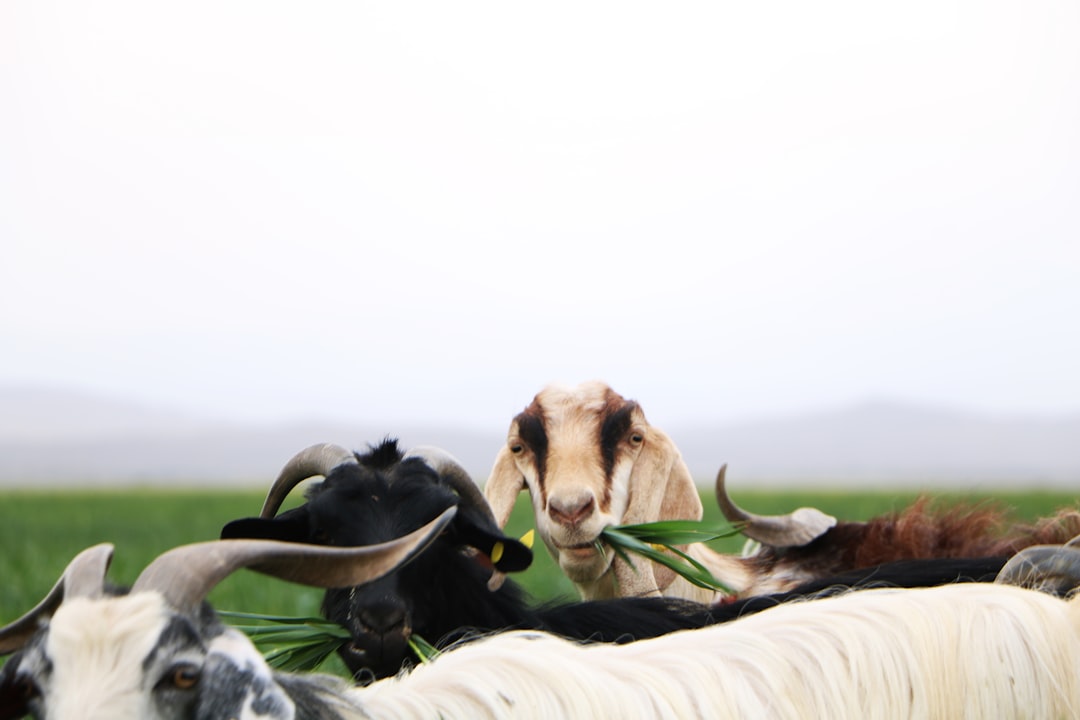As the global demand for animal products continues to rise, the livestock industry faces significant challenges in ensuring sustainable feed production. Traditional feed sources, such as soybean meal and fishmeal, have environmental and resource limitations. In response, alternative feed resources like insect protein, algae, and agricultural by-products are gaining attention for their potential to enhance sustainability and reduce environmental impacts. This post explores these emerging feed options, focusing on their benefits, challenges, and future prospects.
Insect Protein as a Sustainable Feed Resource
Insects, such as black soldier flies and mealworms, offer a promising alternative to traditional protein sources. They are rich in protein and essential amino acids, making them suitable for poultry, swine, and aquaculture feed. Insect farming requires less land and water compared to traditional livestock feed production, and insects can thrive on organic waste, reducing waste management challenges.
-
Environmental Benefits: Insect farming can reduce greenhouse gas emissions and minimize waste by utilizing organic materials that would otherwise be discarded.
-
Nutritional Value: Insects provide a diverse nutritional profile, including high-quality protein, dietary fiber, and unsaturated fats.
Algae as a Feed Resource
Algae, particularly microalgae, are another sustainable feed option. They are rich in protein and can be cultivated on non-arable land, making them an attractive alternative to traditional feed crops. Algae-based feed can enhance animal nutrition while reducing the environmental footprint of feed production.
-
Sustainability: Algae cultivation requires minimal land and water resources, offering a scalable solution for feed production without competing with human food crops.
-
Nutritional Benefits: Algae are rich in omega-3 fatty acids and other essential nutrients, which can improve animal health and product quality.
Agricultural By-Products
Agricultural by-products, such as food processing waste and crop residues, can also serve as valuable feed resources. These materials are often rich in nutrients and can reduce waste disposal costs while providing a cost-effective feed option.
-
Waste Reduction: Utilizing by-products reduces waste and supports a circular economy approach in agriculture.
-
Economic Benefits: By-products can be less expensive than traditional feed ingredients, offering economic advantages for farmers.
Challenges and Opportunities
-
Regulatory Frameworks: Current regulations in some regions restrict the use of insect protein in feed for livestock intended for human consumption. However, these policies are evolving, with potential amendments to allow broader use.
-
Public Perception: Consumer acceptance of novel feed sources can be a challenge. Education and transparency about the benefits of alternative feeds are crucial for gaining public support.
-
Scalability and Cost: While alternative feeds offer environmental benefits, they must also be economically viable and scalable to replace traditional feed sources.
Conclusion
The future of livestock feed is shifting towards more sustainable and alternative resources. Insect protein, algae, and agricultural by-products offer promising solutions to reduce environmental impacts while maintaining productivity. As the industry continues to evolve, addressing regulatory, public perception, and scalability challenges will be essential for integrating these innovative feed sources into mainstream livestock production.
Future Directions
Looking ahead, ongoing research and development will focus on optimizing production processes for alternative feeds, improving nutritional profiles, and enhancing public awareness. Additionally, policy support and industry collaborations will be crucial for scaling these sustainable feed options and ensuring they become integral components of the livestock industry's future. By embracing these innovations, we can create a more resilient and environmentally friendly food system that supports both human well-being and planetary health.
Citations:
- https://www.fossanalytics.com/en/news-articles/feed-and-forage/insects-as-a-protein-source-for-feed
- https://en.wikipedia.org/wiki/Insects_as_feed
- https://www.allaboutfeed.net/topic/are-insects-a-sustainable-animal-feed-protein/
- https://nutrinews.com/en/the-growing-animal-feed-insect-protein-market-opportunities-and-challenges/
- https://sustainabledevelopment.un.org/content/documents/12867Policybrief_Insects.pdf
- https://www.food.gov.uk/research/the-future-of-animal-feed-animal-by-products-and-insects
- https://www.wwf.org.uk/press-release/insects-animal-feed-report
- https://www.science.org/doi/10.1126/science.adc9165

Comments
No comments yet. Be the first to comment!
You must be logged in to comment. Login